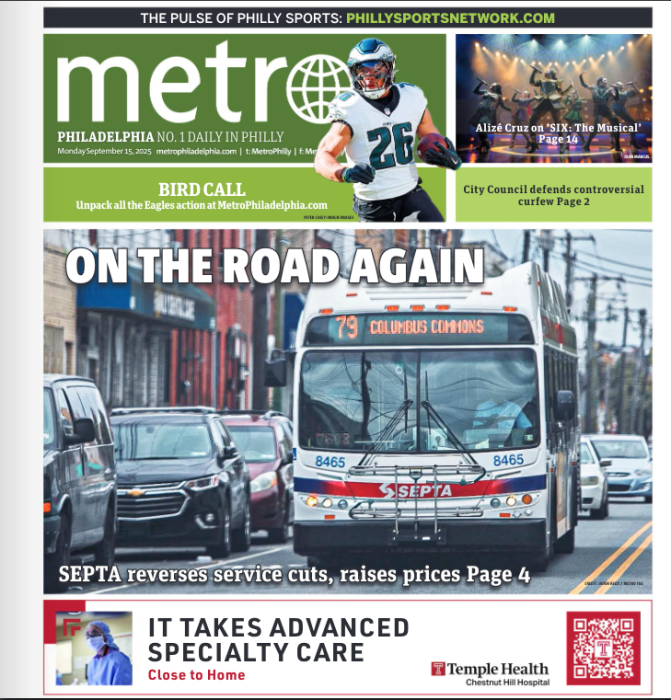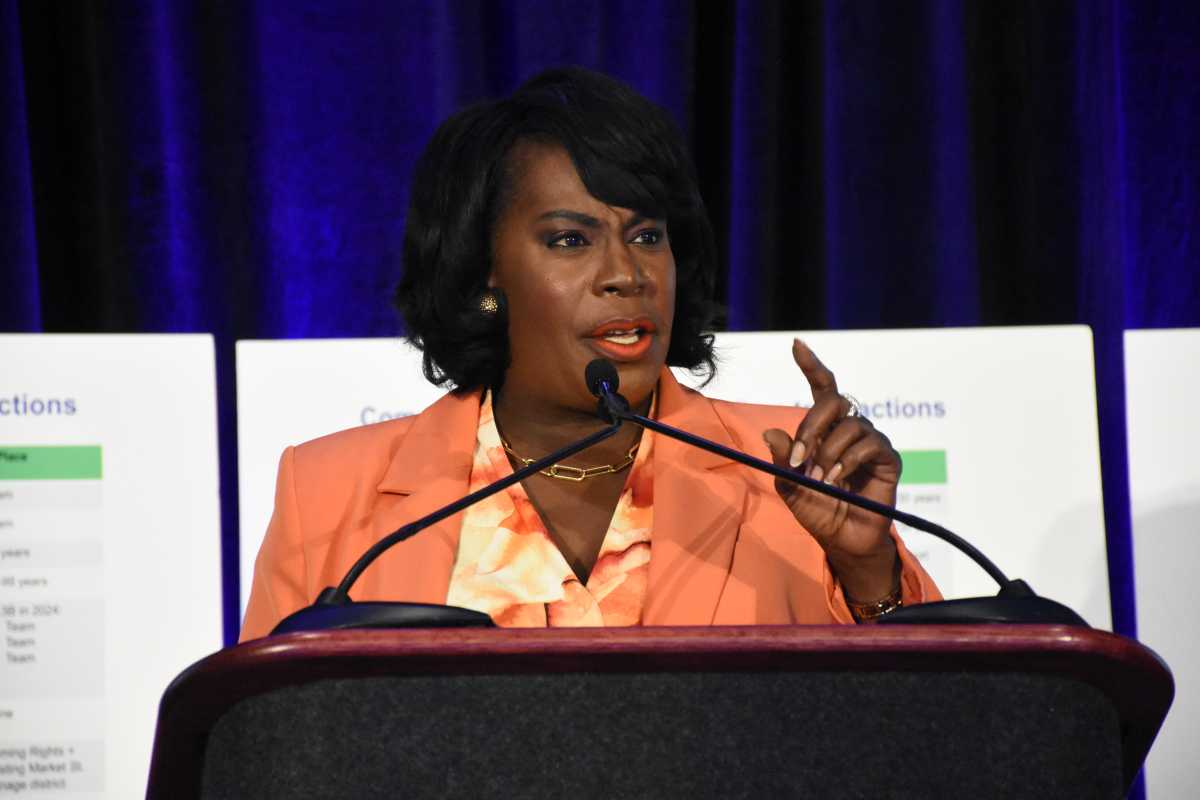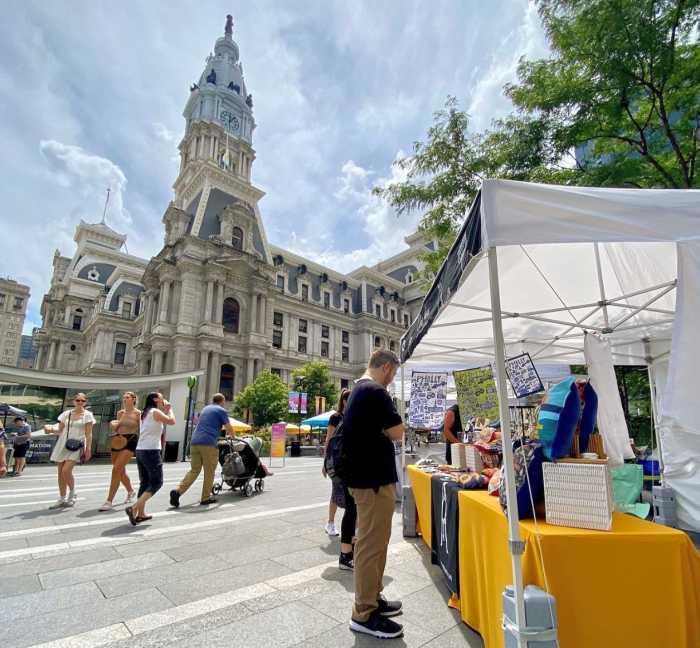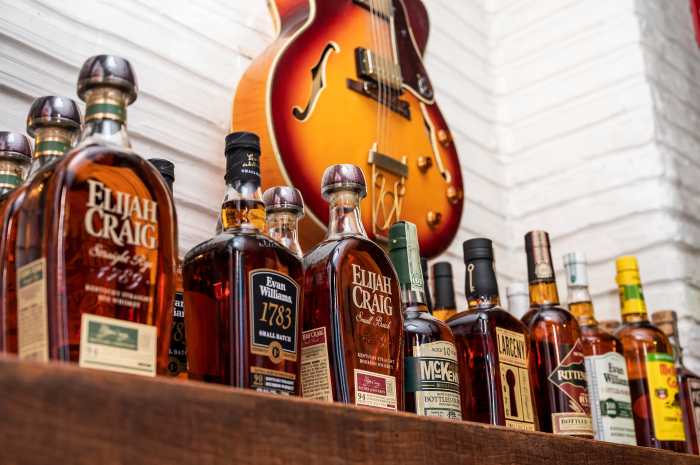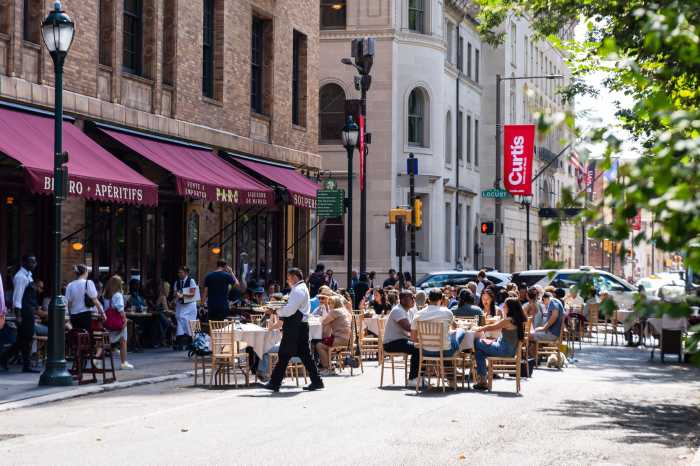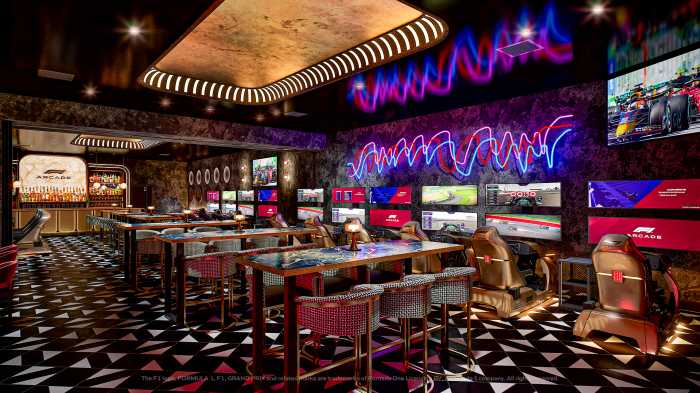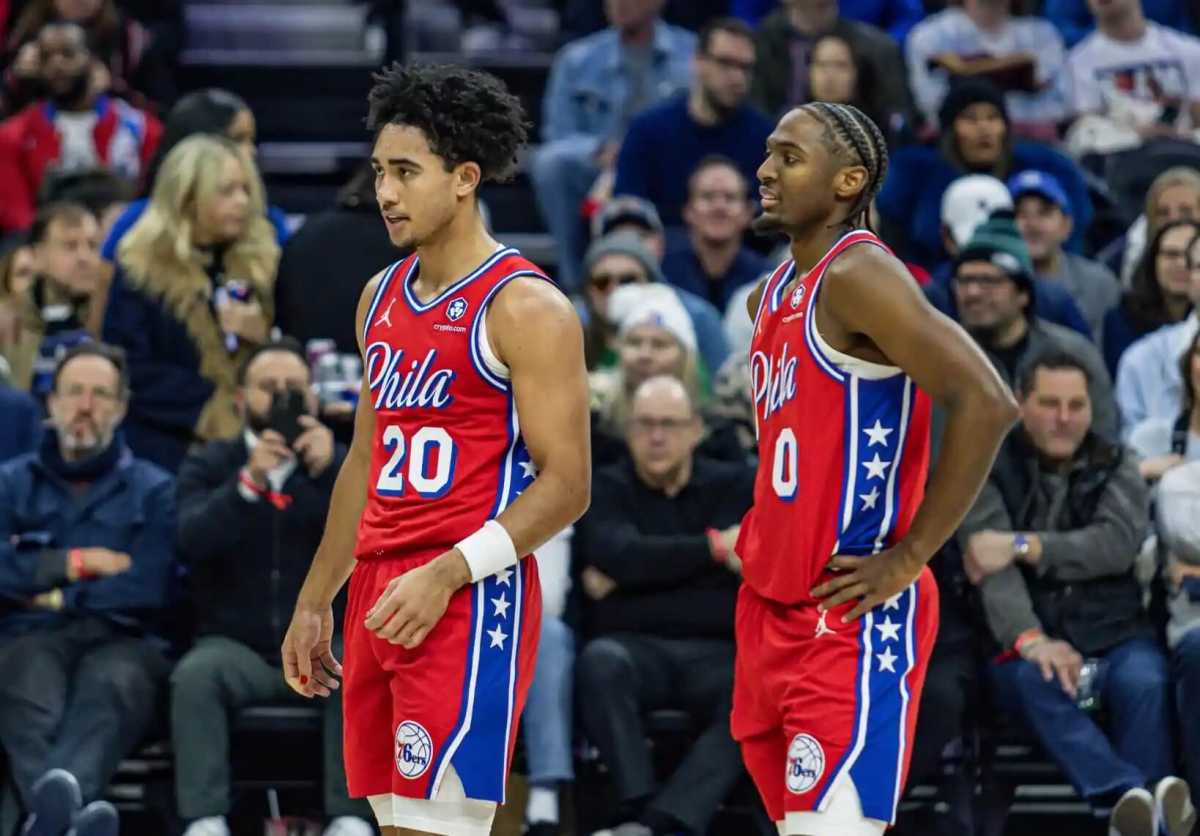A week after signaling support for the 76ers proposed Center City arena, Mayor Cherelle Parker led a detailed presentation Wednesday night about the deal her administration reached with the team.
Though Parker celebrated that the agreement would keep the Sixers within city limits through at least 2061, she insisted that the $1.3 billion project goes “beyond the basketball,” with benefits for nearby residents and those across Philadelphia.
A litany of top city officials spoke at the three-hour meeting, stressing the unprecedented nature of the arena agreement, particularly in comparison to previous stadium deals with professional sports teams.
The deal includes a $50 million community benefits agreement; an economic opportunity plan that will ensure minority representation in the arena’s construction and operation; and a vision for reviving a dormant East Market Street, Parker said.
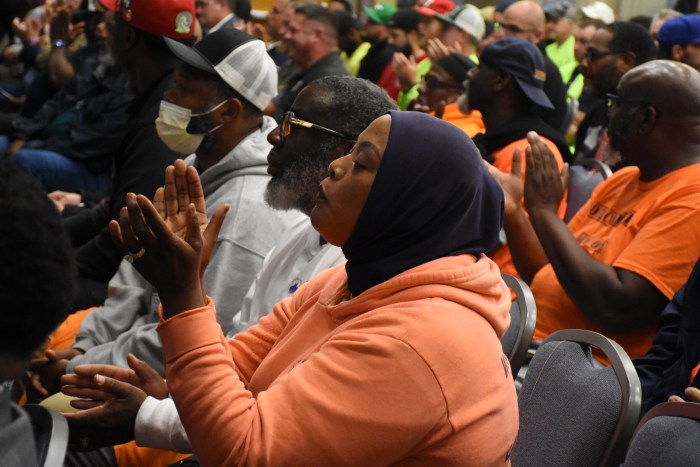
She addressed an arena-friendly crowd – composed mostly of labor union members in neon T-shirts – inside a conference room at the Pennsylvania Convention Center. Nearly no one opposed the controversial project was in attendance.
While the meeting was open to the public, the Mayor’s Office announced the presentation with only several hours’ notice. The Save Chinatown Coalition, a group of organizations that has organized opposition to the arena, encouraged followers on Instagram to skip the session.
“We are united in opposition to the arena and the rushed, haphazard process surrounding it,” said Vivian Chang, a coalition leader and executive director of Asian Americans United, in a statement.
“Mayor Parker continues to refuse any direct meeting with Chinatown residents, and city meetings have been devoid of facts and accountability, serving as an embarrassing example of poor due diligence,” she continued.
Several Chinatown community leaders participated in a closed-door City Hall briefing with Parker on Sept. 18, during which she announced, through a social media post, that she would be backing the project.
Parker, during the presentation, said the CBA will “help to jumpstart a broader, and what I would call a city-led, focus on Chinatown that we’ve never had before.” She also seemingly invited anti-arena activists to direct their ire at her going forward.
“Anyone who has any challenges with what is contained in this agreement, you no longer have the Philadelphia 76ers as the villain here,” Parker told the audience. “I am proud and take full responsibility for what is included in this agreement.”
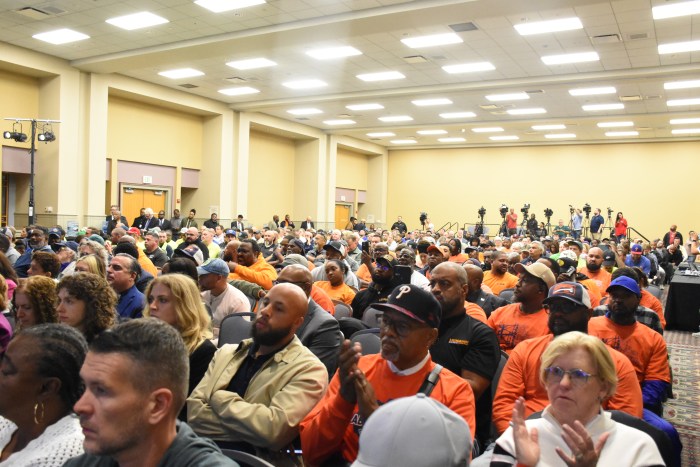
The Mayor’s Office posted the entire 80-slide presentation on the city’s website alongside 11 pieces of legislation needed to authorize the arena, known for now as 76 Place.
City Councilmember Mark Squilla, who represents the arena site, has promised to allow the bills and resolutions to be public for a month before formal introduction. That means the legislative package will not come before lawmakers for consideration officially until Oct. 24 at the earliest.
The process sets up a tense series of hearings and votes, likely in November and December. Officials said the 76 Place timeline requires the legislation to pass by the end of the year, in order for demolition to begin in 2026.
Construction on the 18,500-seat arena would commence two years later. It would occupy a section of the current Fashion District mall on the northside of Market Street between 10th and 11th streets, stretching north of Filbert Street.
“There is still a lot of work to be done to make this incredible vision a reality,” developer and 76 Place chairman David Adelman said in a statement following the meeting. “We look forward to our dialogue with City Council and advancing to the next steps so we can meet our goal of having a new home for our team by 2031.”
Half of the CBA funding would be devoted to benefitting the adjacent neighborhoods, including Chinatown, while the other $25 million would fund citywide initiatives, many aligned with Parker’s first-term priorities.
City officials said 70% percent of the money would be spent in the first decade of the project, instead of being spread evenly across the 76 Place’s expected 30-year operation.
SEPTA and PATCO would receive a combined $3 million from the agreement for extra service to accommodate fan travel, according to the Parker administration.
More than $4 million is earmarked for the installation of 21 security cameras, a new police substation and improved lighting.
Millions would be set aside for a variety of business programs, including $3 million for a Chinatown Small Business Lending Fund. Another $3 million would be devoted to housing initiatives.
The agreement, officials added, would allocate $7 million toward Parker’s extended-day, year-round school program. The City College for Municipal Employment, a collaboration with the Community College of Philadelphia created through the mayor’s first city budget, would get $4.5 million.
CBAs are typically signed by developers and community organizations; however, by incorporating the city, the agreement would be easily enforceable by the city’s Law Department, administration representatives said. In addition, the deal extends the commitment to future owners if the 76ers are sold, according to the Mayor’s Office.

Parker shares the belief of Sixers leadership that the project will spur further investment along the East Market Street corridor, once home to massive department stores.
“If anybody tells you that Market Street is okay the way it is, I will tell you that they haven’t been in Philadelphia as long as I have, and that vision is shortsighted,” she said. “This development and this agreement has the potential to change the way we think about our city.”
76 Place is slated to include an apartment tower with 380 units. In a second phase of development, the team aims to build another 340 units, with 26,000 square feet of retail space, across the street on the 900 block of Market Street, according to the presentation.
Parker revealed that, during her time as a City Council member, she had pushed for a WNBA team in Philadelphia. Though that effort was not successful, she argued that the new arena will increase the chances of the league expanding to the city.
Projections indicate the development could generate more than 1,000 construction and permanent jobs, and officials said the arena’s economic opportunity plan, or EOP, will make sure those employed reflect the city’s demographics.
The EOP, Parker administration leaders told the crowd, is extensive, with benchmarks for hiring people of color, women and Philadelphia residents throughout a range of job titles. An oversight committee would be established, along with a public reporting process.
Team owners have agreed to a $6 million average annual payment-in-lieu-of-taxes plan. By comparison, PILOT payments from all three South Philadelphia sporting venues currently amount to just over $6 million a year combined, officials said.
In all, an economic impact study indicates the arena will generate just over $700 million in revenue for the city and School District of Philadelphia over a period of more than three decades.
76 Place will not be financed with any municipal taxpayer money, part of a broader trend away from the publicly-funded stadiums of the 20th century, the administration noted.
The deal requires the 76ers to maintain public access walkways between Market, Filbert, 10th and 11th streets on non-event days.
Parker said she plans to pitch the plan at town hall-style community meetings throughout the city.
